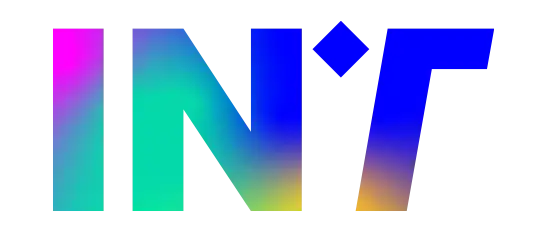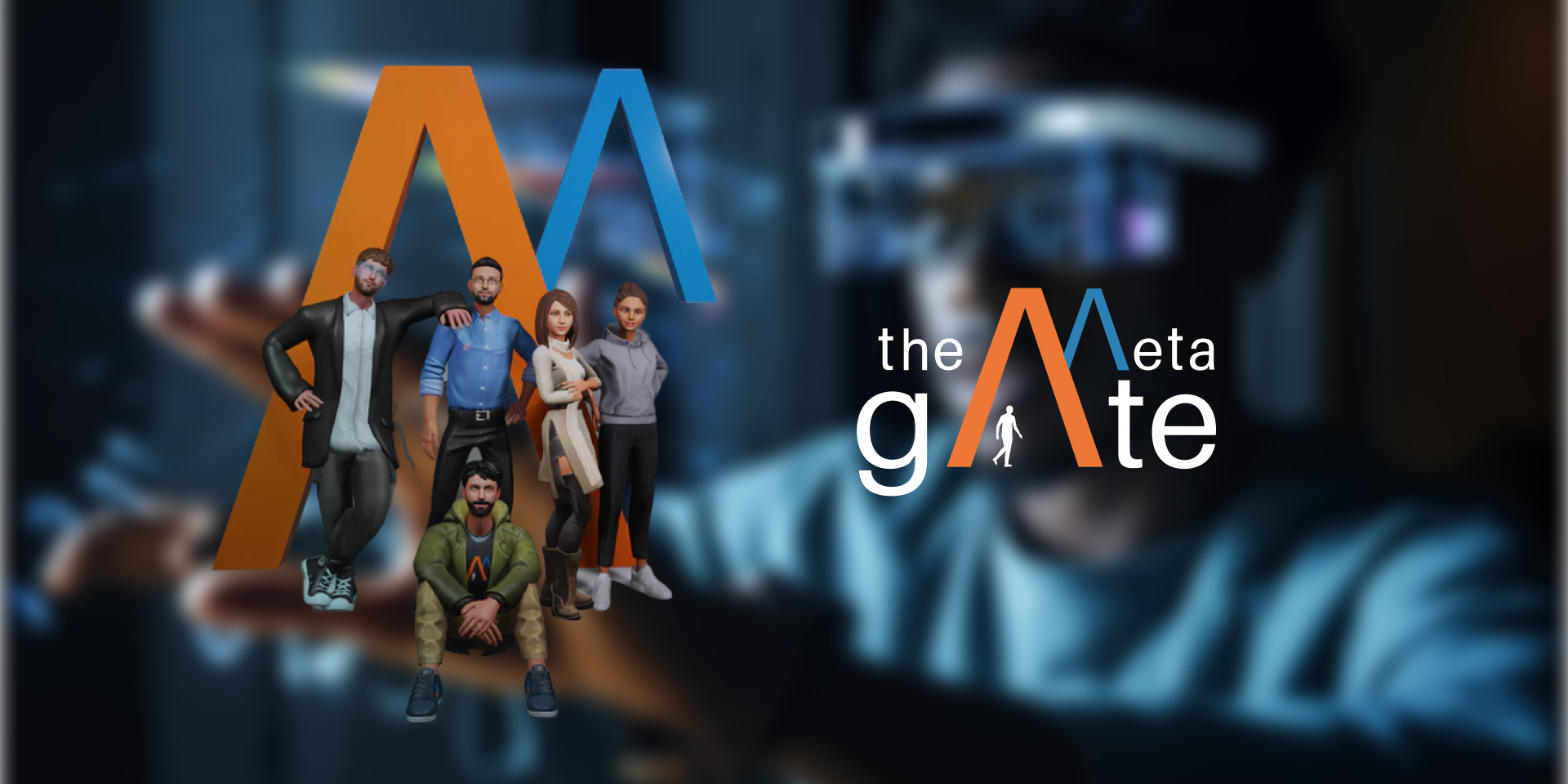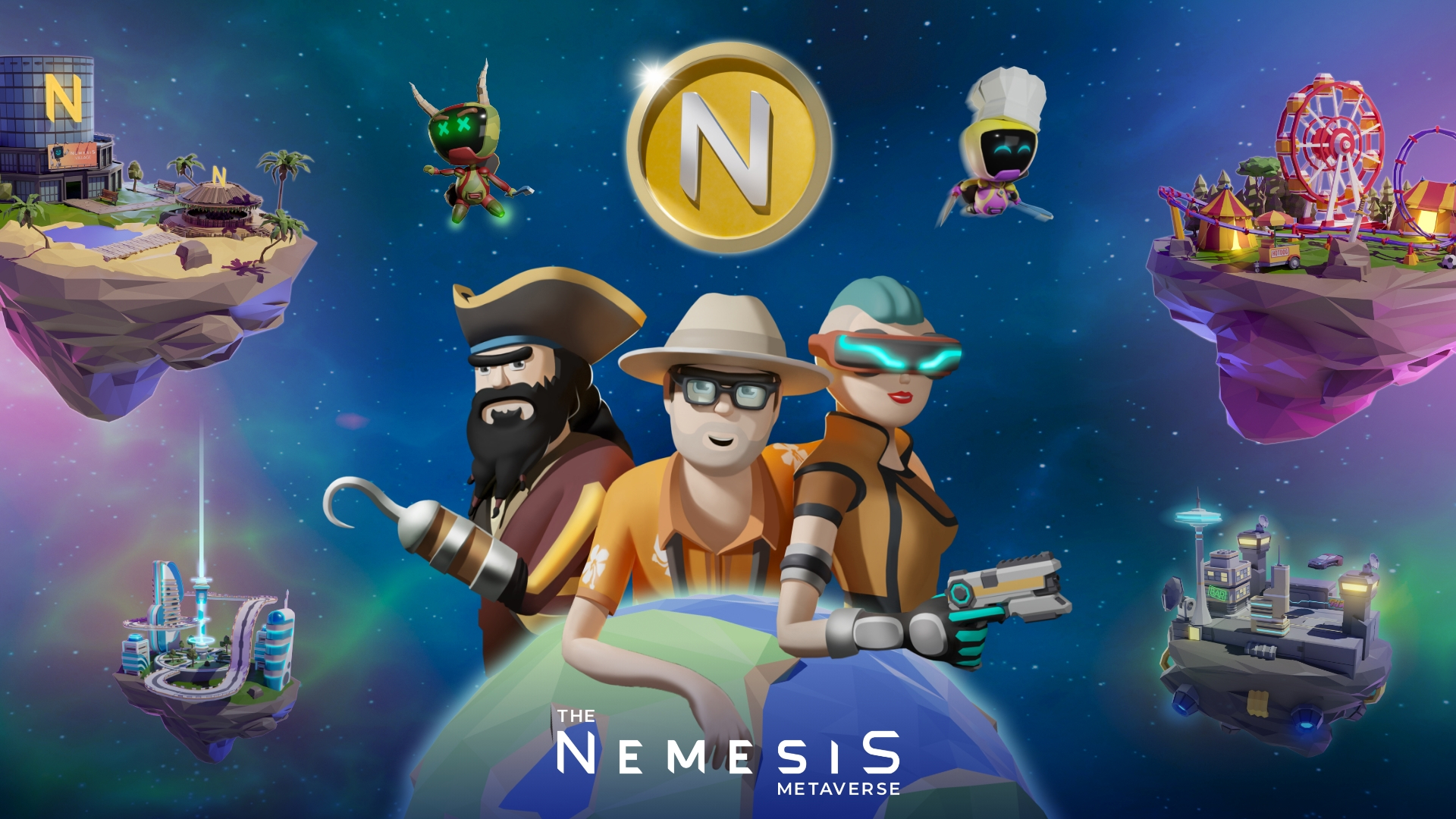“The future is hybrid”: starting from this key vision, Marco Pizzini of Metagate illustrates how mixed reality is already building a bridge between the physical and digital worlds to revolutionize the way we work and interact.
Mixed reality is increasingly blurring the line between the real and the virtual, opening up revolutionary scenarios for the world of work and industry. This technology is establishing itself as one of the most promising of our time, capable of creating interactive and immersive experiences that will forever change the way we operate. In an exclusive interview with Sandeep Lacorte, Marco Pizzini, CEO and founder of Metagate, a pioneering startup in the sector, unveiled the potential of this digital transformation.
What is Mixed Reality and Why is it Revolutionizing Work?
Marco Pizzini defines mixed reality as a new three-dimensional interface that integrates and enhances now-mature technologies such as artificial intelligence, home automation (IoT), and blockchain. Unlike virtual reality (VR), which immerses the user in a completely digital world, mixed reality enriches the physical environment with interactive virtual elements. This allows for a strong connection with reality to be maintained, overlaying information, data, and 3D objects onto the world around us.
The advantages for companies are numerous and concrete: from the reduction of operational costs to a significant increase in efficiency. The ability to view and interact with complex projects in 3D, to receive remote assistance in real-time, and to train staff in safe, simulated environments are just a few examples that demonstrate the disruptive impact of this technology.
Applications of Mixed Reality: Far Beyond Gaming
Although the entertainment and video game sector paved the way, the true potential of mixed reality is expressed in the corporate and industrial fields. Metagate is focusing specifically on these sectors, developing innovative solutions for:
- Training and Simulation: Through “gamification,” the use of game dynamics in non-gaming contexts, it is possible to create highly engaging and effective training courses. Employees can learn complex procedures and practice in simulated environments, reducing risks and improving learning.
- Design and Prototyping: Mixed reality allows engineers and designers to view and manipulate virtual prototypes in full scale, optimizing development processes and reducing production times and costs.
- Marketing and Sales: Companies can offer customers immersive and interactive shopping experiences, displaying products in 3D and allowing for previously unthinkable customization. This translates into a richer customer experience and an increase in sales.
- Remote Assistance: A specialized technician can guide an operator in the field from thousands of kilometers away, viewing their field of vision in real-time and providing precise, contextualized instructions.
The Challenges of Mixed Reality: Between Technology and Bureaucracy
Despite its enormous potential, the large-scale adoption of mixed reality still has to overcome some obstacles. From a technological point of view, the main challenge is related to hardware: current headsets, although increasingly powerful, must become lighter, more comfortable, and more affordable to encourage widespread adoption. The goal is to move from current headsets to true smart glasses that can be worn naturally in everyday life.
Pizzini also highlighted the bureaucratic difficulties that innovative startups face in Italy, a complex administrative system that can slow down growth and development processes.
The Future of Mixed Reality and the Role of Metagate
Marco Pizzini is firmly convinced that mixed reality is destined to become a commonly used technology that will radically transform the way we work, learn, and interact. Metagate is positioning itself as a key player in this revolution, with the goal of making mixed reality accessible to an ever-wider audience.
The Milan-based startup is developing an ecosystem of applications and tools that will allow even those without programming skills to create their own mixed reality experiences. This “no-code” approach is fundamental to democratizing access to the technology, stimulating creativity and innovation in every sector.
In conclusion, Marco Pizzini’s talk offered a clear and compelling vision of the future that awaits us: a hybrid future, in which the physical and digital worlds merge to create new and infinite possibilities. Mixed reality is no longer science fiction, but a solid reality that is already shaping the future of business.






